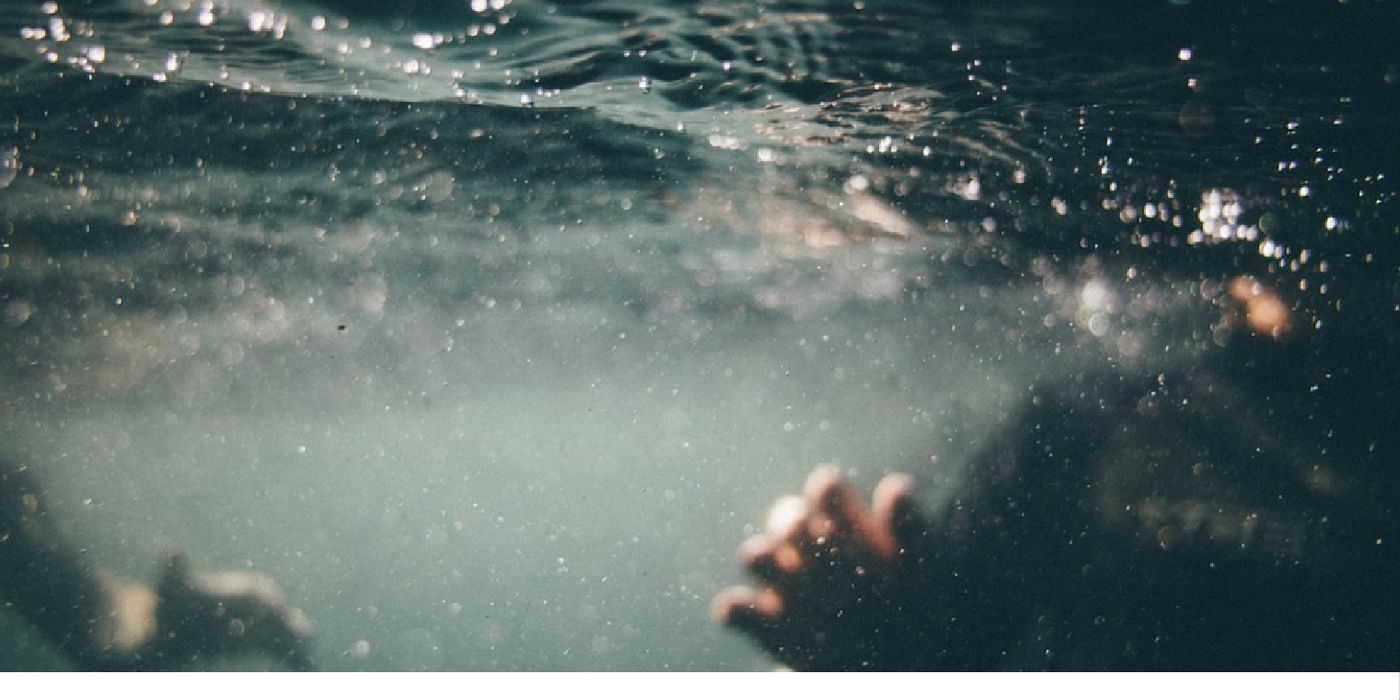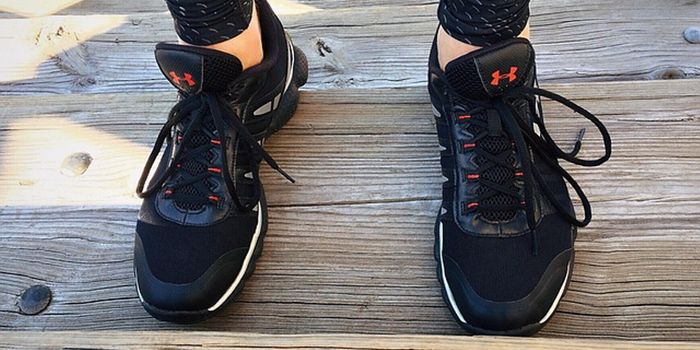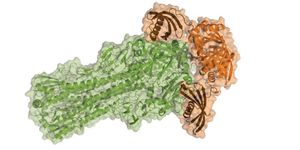Diagnosed: Dry Drowning to Blame in Toddler's Death
Hollywood often depicts drowning or near drowning incidents with plenty of thrashing, splashing, and yelling. But this flair for the dramatics isn't quite representative of what happens in real life when a person is in trouble with the waters. In fact, the tragic drowning of a 4-year-old boy happened days after exposure to water in what coroners are calling dry-drowning.
Four-year-old Frankie Delgado and his family were vacationing at the waters of Texas City Dike. According to Frankie’s father, Francisco Delgado Jr, a wave knocked little Frankie under water briefly before a family friend pulled the boy up. The incident seemed insignificant to everyone, as Frankie showed no signs of physical trouble.
"He had fun the rest of the day," Frankie’s father said. "I never thought nothing of it."
Frankie had a bout of vomiting and diarrhea the next night, but the symptoms resembled a previous stomach bug occurrence, so Frankie was treated at home. It wasn’t until later that week, when Frankie complained of shoulder pain, that his father suspected something else serious could be going on.
"I love my son so much. I'm always touching him, and I'm always talking to him when he's sleeping, and all of a sudden he just woke up," Delgado said. "He looked at me, and he just rolled his eyes back and took a deep breath. I was like 'Frankie, what's wrong,' and I got up real quick, and I saw that he took a breath but never exhaled."
At the hospital, after an hour of resuscitation, Frankie was pronounced dead.
Frankie’s body held clues of what took his life. In his lungs and heart, examiners found traces of water, which they believed he inhaled when the wave knocked him down. And Frankie’s bout of vomiting and diarrhea? Doctors now suspect that may have been due to water in the toddler’s body.
Drowning happens when the person can't breathe, and consequently can't get enough air, due to being in or under water. Dry drowning, or secondary drowning, occurs when there’s residual water in the lungs. This impedes the lung’s ability to provide oxygen to the body. "That's where you have the cardiac arrest, because you're not carrying enough oxygen," said Dr. Juan Fitz, a spokesman for the American College of Emergency Physicians. Fitz also says the majority of dry drownings happen to young children.
For Delgado, he hopes sharing his devastating loss will help other people spot symptoms of dry drowning. And indeed, Frankie’s story may have saved a 2-year-old boy from Colorado from nearly the same tragic fate. The Colorado boy, Gio Vega, was complaining of headaches and other malaise after a swimming trip. Vega’s parents found Delgado’s story, and immediately took the 2-year-old boy to the ER, where doctors found fluids in his lungs. This ending may have been quite different had the family not seek prompt medical help for Gio.
Alas, Frankie was not as lucky, but his parents may find some comfort knowing that his story likely saved a life.
Additional source: CNN, Dallas News









